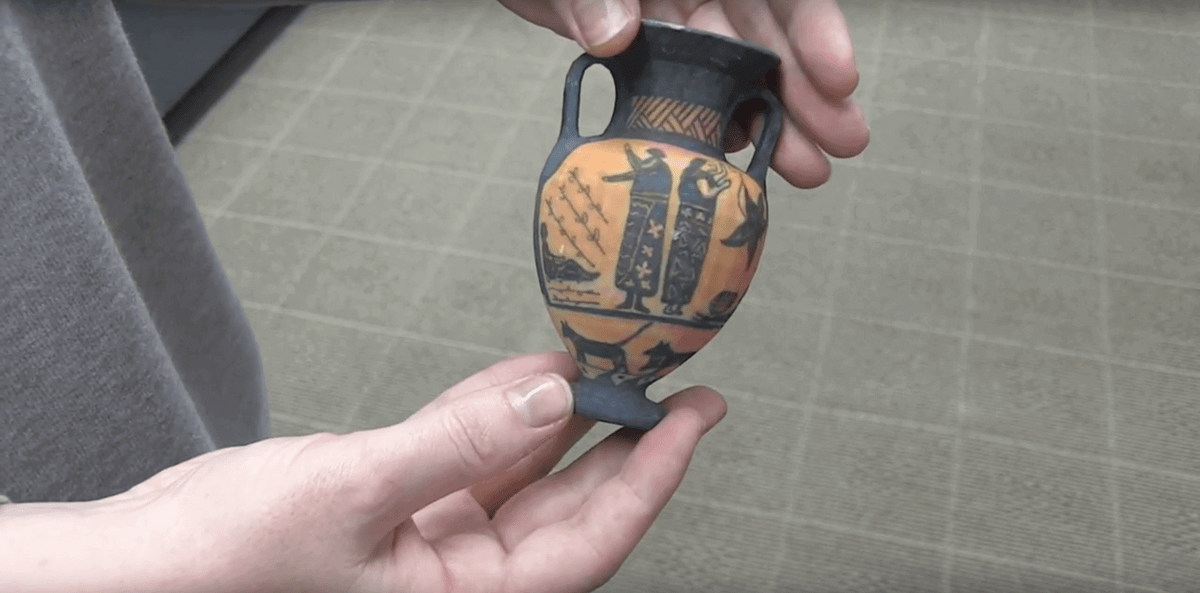Students from the Victoria University in Wellington are using 3D printing for hands-on learning experience with ancient Greek artifacts.
Although 3D printing might be a newfound technology in the eyes of most, it also help us to learn about and preserve our ancient history. Whether it’s saving artifacts from modern day tyranny to resurrecting the mighty Zeus, 3D printing has become a critical tool in bringing the past to life.
Now, students from New Zealand’s Victoria University in Wellington are using 3D printing to recreate and study Greek artifacts. Led by Dr. Diana Burton, a senior lecturer the School of Art History, Classics and Religious Studies, the goal was to give her pupils an interactive learning experience.
Of course, unable to actually touch the fragile artifacts residing in the university’s Classics Museum, Dr. Burton and her students turned to 3D printing technology.
Bringing Greek Art to the Classroom With 3D Printing
In order to put history in the hands of the students, the relics were digitally scanned and then 3D printed by Shapeways. The first replicated item was the “kylix”, which is a vessel used by ancient Greeks to partake in drinking games.
By giving students an accurate representation of the artifact, they are better able to understand the historical context of the item. The class was able to recreate a Greek drinking game where the wine inside of a kylix is flicked at a specific target.
“In order for students to really get to grips with the way the use of an object has informed its design and decoration, they need to be able to use it and handle it in the ways the ancients did. 3D printing objects is a safe way to facilitate this,” says Dr. Burton.
The students were also tasked with designing their own ancient storage jars (known as amphorae). They first decorated the design with black figure illustrations using a pre-supplied template, which were then scanned and mapped. Each individual student integrated their own personal story into the amphorae, ranging from financial difficulties to the 2009 Samoa earthquake and tsunami. The top five creations were then 3D printed by Shapeways in New York.
Thus far, Dr. Burton and her students have scanned nearly 30 ancient artifacts. Eventually, they hope to develop an online 3D galley of the Classics Museum. This will allow people across the world to view and interact with the university’s collection. And thus, Victoria University in Wellington will keep the world well-informed on ancient human history.

Source: Phys.org
License: The text of "University Uses 3D Printing to Bring Ancient Greek Artifacts to Life" by All3DP is licensed under a Creative Commons Attribution 4.0 International License.